Understanding Millennial and Gen Z Consumer Behavior
3 MIN READ
Millennial and Gen Z consumer behaviors align with shifting values and economic trends—but brands still aren’t paying attention.
Consumerism has become a hot topic of conversation over the past year. Arguably, this discussion began with the rise of “de-influencing,” which was positioned as an attempt to get people to buy fewer items they didn’t need. However, the tides quickly shifted and de-influencing transformed more accurately into a “buy this, not that” archetype.
De-influencing is just one of many micro-trends that impact buying behavior. Whether you’re a clean girl, a mob wife, or somewhere in between, there’s a trend out there tailored to younger generations’ interests and insecurities.
To make matters worse, the compulsion to be on trend while trying to deal with economic downturn and inflation is putting both Millennials and Gen Z at risk for high debt accumulation. The New York Fed reports that 18- to 29-year-old Americans had the highest delinquency rates in Q4 of 2023, with 10% over 90 days behind on payments. Those in their 30s aren’t faring much better and are also exhibiting signs of increased credit card debt.
These economic concerns and fatigue from a constant barrage of social media ads are prompting shoppers to carefully reconsider their purchasing behaviors. The uncertainty surrounding financial stability and future outlooks has led consumers to become more discerning about where they allocate their funds. The saturation of social media platforms with advertising has resulted in a sense of overwhelm and skepticism among consumers, causing them to question the authenticity of the brand and value of products being marketed to them.
In this landscape, brands can no longer rely solely on a simplistic "buy, buy, buy" messaging approach. Instead, they must adapt to meet the evolving needs and preferences of consumers. This entails understanding the deeper motivations and concerns driving consumer behavior, such as a desire for sustainability, ethical production practices, or meaningful connections with brands.
So, what does this shift mean for marketing strategies?
Consider Your Biases
Marketers are notoriously bad at empathy, even if they will tell you they’re customer focused. To better understand your audiences’ needs when dollars are tight, it’s essential to evaluate your own biases and leave them out of decision making.
Listen for emotions
Feelings, not thinking, drive much of human decision making. This makes it essential for marketers to develop a deep understanding of what emotions are driving their audiences’ buying decisions and how they can appropriately tap into that emotion.
Understand Core values
At the heart of the matter, the majority of people share a desire for belonging. This can come in many forms—family, relationships, and community, to name a few. A longing for togetherness will prevail even in the face of money struggles. To fully understand your audience, get to know which of 56 core human values your audience finds most important.
Truth before trends
Appealing to a younger audience and appeasing the algorithm god’s can’t be solely based on trend culture. Authenticity and sincerity is what makes a brand memorable, especially during societal and economic downturns.
Reevaluation is key
Public opinion changes rapidly, leading a marketing campaign to flourish then flounder right before our eyes. Continuous reflection and an on-going social listening program allows you to prepare and adjust accordingly.
As buying habits continue to change, empathetic marketing will become more crucial than ever before. For your brand to succeed well into the future, it’s imperative that you invest budget in understanding your audience and why they’ll want to buy from you.
To learn more about empathetic marketing, make sure to download our free eBook. And if you have any questions, feel free to reach out to us via our contact page!













